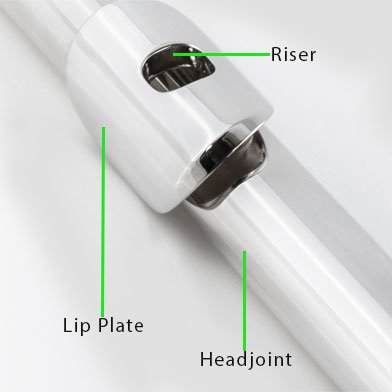Saxophone Care and Maintenance
Taking good care and maintaining your saxophone will prolong the instruments’ lifetime and give greater enjoyment during the learning journey. An instrument that just works every time you play it is far more beneficial than one that isn’t cared for and has minor problems due to lack of care.
Putting the saxophone together
There are a few simple saxophone care rules that will ensure it doesn’t get damaged during the assembly of the instrument;
- Ensure that the crook tenon (the metal part at the top of the saxophone that goes into the main body) is clean and free from dirt and grease. This section doesn’t use grease at all.
- When you are putting the crook in be careful not to squeeze the keys. It needs to go in straight, and not on an angle.
- The cork on the crook where the mouthpiece goes should be smooth and well lubricated with cork grease.
The saxophone should all fit together smoothly without the need to grip anything too tightly. Be extra careful with the key around the bend on the crook as this is thin on all saxophones and can bend easily if gripped tightly. If the saxophone doesn’t fit together easily and smoothly then there may be something amiss that needs looking at.



Cleaning the saxophone
Possibly the most important saxophone care rule is that your saxophone should have a pull through cleaning cloth (chamois) which will have a weight on the end. This should be pulled through the saxophone after each playing to remove condensation and moisture from inside the saxophone after being played. By cleaning the inside, it will extend the life of the pads and mechanisms on the instrument. This should be used on the main body and crook of the saxophone.
To clean the outside of the instrument simply use a microfiber polishing cloth. You don’t need to use any liquid polish on a saxophone.



Storing the saxophone
Obviously putting the saxophone away in it’s case is a good place to store it. There will be a plastic cap in the case too for the end of the neck on the crook of the saxophone which will protect this thin part of the saxophone. Ensure that the saxophone is put in the case the correct way around and it will be fully protected in there. Storing instruments away from radiators and not storing in cars or anywhere cold is advisable as extreme temperatures affect them.
It is also good practice to remove the reed from the mouthpiece and store this in the case it came in. The reed can also be wiped to remove excess moisture which will prolong the life of the reed.
Saxophones come with a hard case usually, but you can buy soft gig cases that will still provide protection and storage but just be aware these are not as substantial as a hard case.
If the saxophone is being left out, then it is advisable to use a saxophone stand to keep it safer.
All of our saxophones come with the cleaning kit necessary to maintain them, hire a saxophone today!






